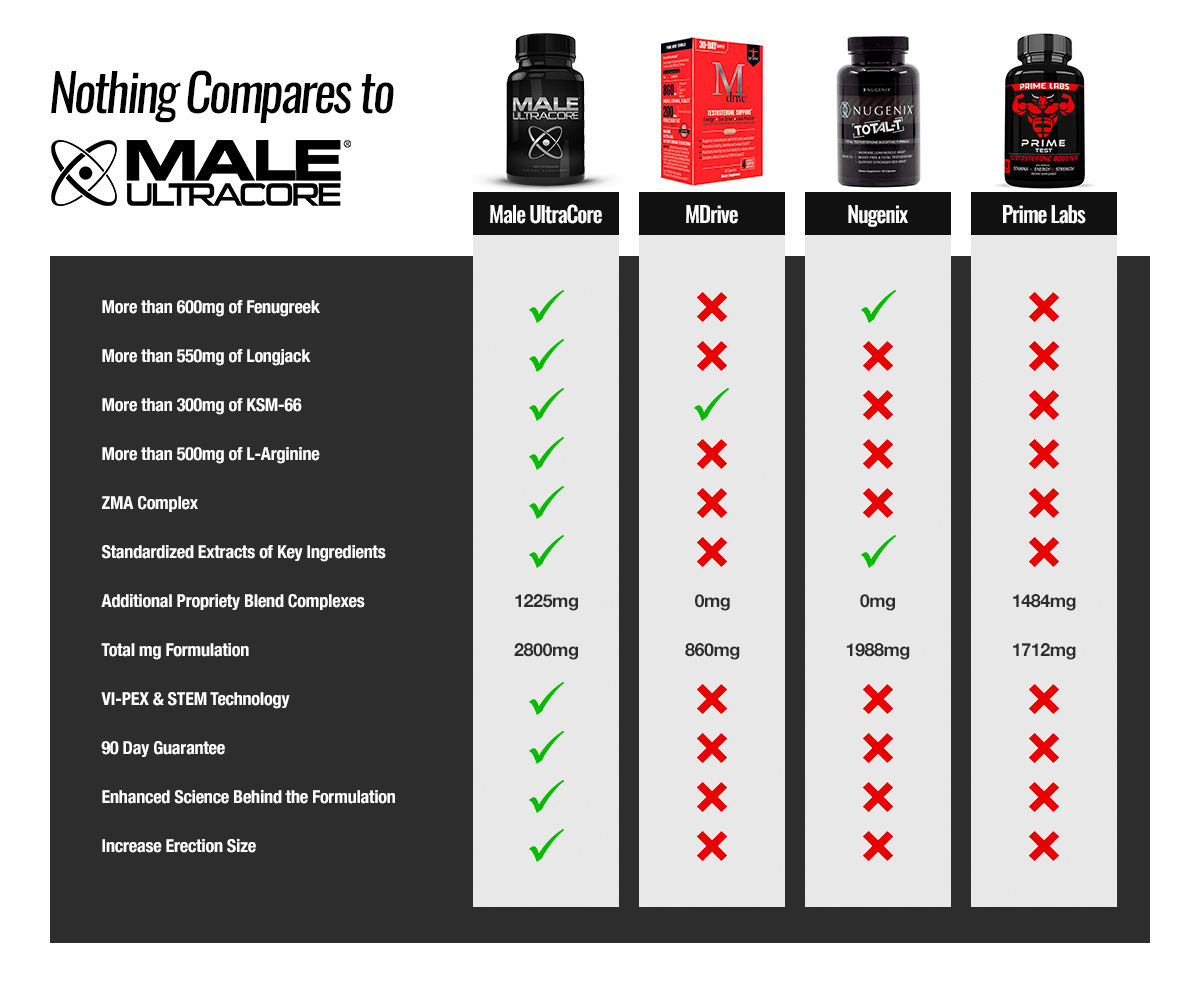Urinary incontinence is described as involuntary loss of urine. It can be caused by a number of factors, and often, it leads to a reduced quality of life and feelings of shame. Although urinary incontinence is much more common in women, it affects men as well. About 3-11% of the cases are cases of male incontinence. So the main question is – How is this problem treated? Is there a high success rate within the male incontinence cases? Let’s explore the most common treatment methods being used to eliminate male incontinence.
How to treat male incontinence?
-
Lifestyle changes
Your doctor will probably recommend watching over what you eat and drink, and even to keep a bladder diary. In the bladder diary, you can note which foods and drinks have led to your leaking episodes, and which foods and beverages have made the leaking episodes less common. There are certain so-called triggers that lead to the leaking episodes, which is why you need to discover what are yours and try to avoid them as much as possible.
 Another lifestyle change that you can introduce to your life is better management of your fluids. We would not recommend drinking a lot of fluids at once. Make sure that you drink smaller amounts of fluids throughout the day for better results.
Another lifestyle change that you can introduce to your life is better management of your fluids. We would not recommend drinking a lot of fluids at once. Make sure that you drink smaller amounts of fluids throughout the day for better results.
-
Bladder training
Bladder training includes a lot of aspects, starting from planning your regular trips to the bathroom. This may help you to avoid getting the urge to urinate uncontrollably. And finally, when you do go, it is recommended to try and urinate twice as a way to eliminate as much as urine as possible.
Apart from that, you can also focus on a therapy called timed voiding, which requires you to delay your trip to the bathroom when you feel the urge to urinate. In the beginning, you can start to hold off the urine for at least 10 minutes. The goal is to increase the time until you are able to urinate every 2.5 to 3 hours throughout the day. This will help you to strengthen your bladder and your urinary tract, which will increase your control over the urinating process and reduce the risk of unintentional urinating.
-
Kegel exercises
In a lot of the cases of male incontinence, the cause is the weakened pelvic floor muscles. And what is a better way to strengthen them than practicing Kegel exercises day after day? Kegel exercises are one of the most popular pelvic floor muscles strengthening exercises that will help you strengthen and tighten the muscles not only in the pelvis but also in the whole urinary tract system.
Kegel exercises are easy to do, and you can do them while sitting or standing up. You can do them while you drink your morning coffee, watch TV, and even talking on the phone, without anyone knowing. It is recommended to do your Kegels around 5 minutes, three times a day. The best way to do them is to do three sets of 10 repetitions.
-
Be more physically active
Apart from doing your Kegels, we would recommend introducing a regular physical activity in your everyday life. It can be something simple as running or doing yoga, cycling, or even walking for 30 minutes a day – the important thing is to keep moving.
You see, when you are struggling with obesity, there is more pressure on your bladder, which will only help the occurrence of involuntary urinating. Managing your weight better is one of the best lifestyle changes that you can do not only for your urinary incontinence but also for your general health as well.
-
Use of medications
Most of the cases of urinary incontinence are treated by pairing all of the previously mentioned methods, along with the use of certain medications. These medications work by relaxing the bladder muscles in order to make it easier to gain control over urine elimination. Alpha-blockers are the most popular medications used to treat male incontinence, especially the cases of urge or overflow incontinence. Of course, your doctor is the one to decide which medications he/she is going to prescribe.
-
Surgery
 In cases where, unfortunately, the use of lifestyle changes and medications did not help, surgery is recommended. During surgery, the surgeon can implant an artificial urinary sphincter around the bladder neck, or a pelvic sling around the urethra itself in order to increase the control over your urination. Although there are more surgery options, these two are considered to be the primary ones that are being used to treat male incontinence.
In cases where, unfortunately, the use of lifestyle changes and medications did not help, surgery is recommended. During surgery, the surgeon can implant an artificial urinary sphincter around the bladder neck, or a pelvic sling around the urethra itself in order to increase the control over your urination. Although there are more surgery options, these two are considered to be the primary ones that are being used to treat male incontinence.
-
Use of pads and catheters
In some cases, the use of all of the previously mentioned methods does not deliver the wanted results. These cases are treated with the use of absorbent pads and a catheter. Men are advised on the proper use of these methods as a way to manage their urinary incontinence better in the future. Absorbent pads are also often recommended to be used during the therapy with the medications and bladder training methods that we mentioned earlier to prevent any feelings of shame due to involuntary urination.
Conclusion
Although male incontinence might seem like a problem without a solution, a trip to your doctor’s or simple research online can reveal many different opinions. Male incontinence is not something that you need to be ashamed of. Nowadays, there are some more than effective treatment options that you should not miss out on as they can remove your worries and improve your bladder control in just a few weeks.
Increase Your Testosterone Levels with Testosterone Boosters
Male UltraCore is a premium testosterone boosting supplement that is designed to maximize test levels, increase your performance and drive, and give you harder and fuller erections.






